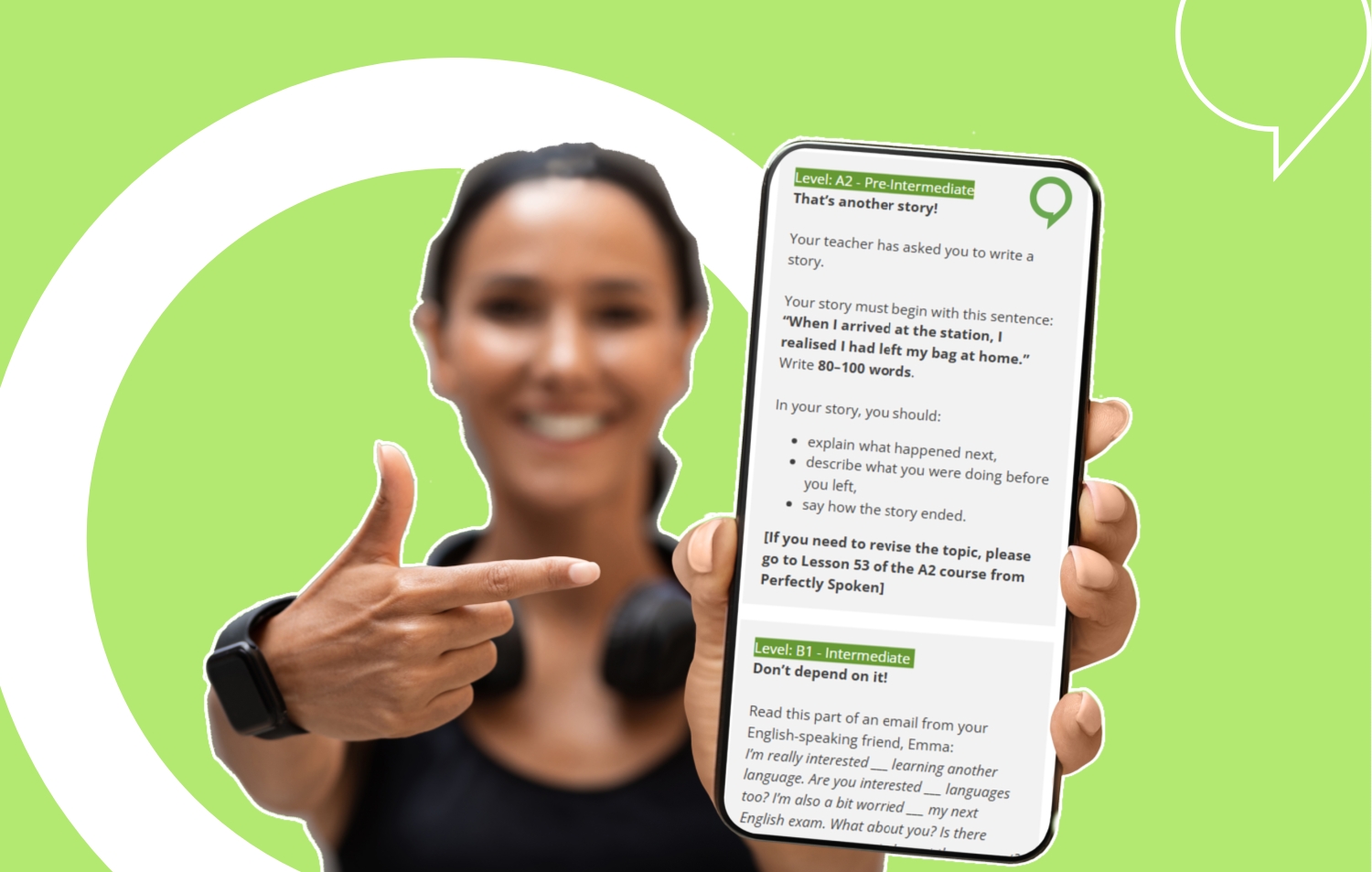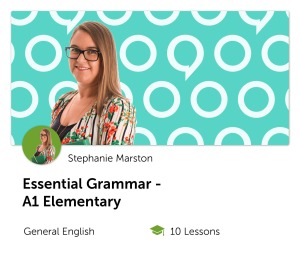Perfectly Spoken joins forces with Lingu, opening new horizons for English learners worldwide
Cambridge, UK / Stavanger, Norway — December 2025
Perfectly Spoken, the online English-learning platform trusted by hundreds of thousands of students globally, has officially joined Lingu.
The acquisition brings together Perfectly Spoken’s decade of expertise in professionally designed English courses with Lingu’s innovative learning technology and human-centred educational philosophy. The result will be a unique English-learning platform that blends human experts and smart tools to deliver unique learning experiences.
“This marks an exciting new stage for our students, teachers, and partners,” said David de Jager, Founder of Perfectly Spoken. “By joining forces with Lingu, we’re ensuring continuity for our students while unlocking richer digital learning experiences that reflect how people want to learn English today.”
A core belief shared by both organisations is that learning languages opens new horizons — academically, professionally and personally. This principle will shape the continued evolution of Perfectly Spoken.
“Our mission is simple: help people learn new skills, seize new opportunities and expand their horizons”, said Odd Bjerga, CEO of Lingu. “Together with Perfectly Spoken, we will offer new English language training solutions that stay both technology-driven and truly human in every interaction.”
“Our current students at Perfectly Spoken will continue to receive full support throughout their learning journey in the platform they are familiar with, while also benefitting from new learning experiences on Lingu’s platform”, says Xela Falgueras, Operations Manager at Perfectly Spoken.
About Perfectly Spoken
Founded in Cambridge, UK, Perfectly Spoken has delivered high-quality online English courses for students globally since 2014, and is recognised for its structured academic content and accessible learning.
About Lingu
Lingu is one of Norway’s leading edtech companies founded in 2008. It is known for combining live teaching with smart technology and human-centred learning experiences. Lingu’s vision is merging technology and language training to help millions of students learn new languages.

Q&A for Perfectly Spoken Students
Does anything change for me right now?
No. Nothing changes at this stage. You can continue learning as usual on the Perfectly Spoken platform.
Will I still have access to my account and courses?
Yes. Your account, courses, progress, and learning history remain exactly the same.
Do I need to take any action?
No action is required. Simply continue using Perfectly Spoken as you always have.
Will I still receive support?
Absolutely. Our support team is available as usual and ready to help. You can contact us at [email protected]
What can I expect in the future?
This new phase will open up new learning opportunities and experiences. Any future updates will be clearly communicated in advance.

























































